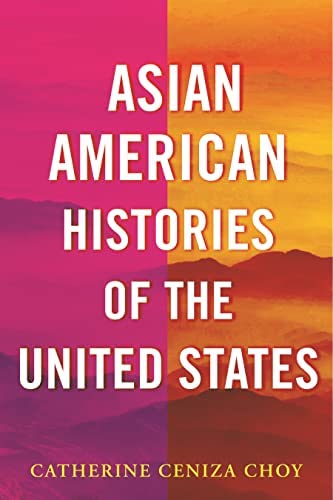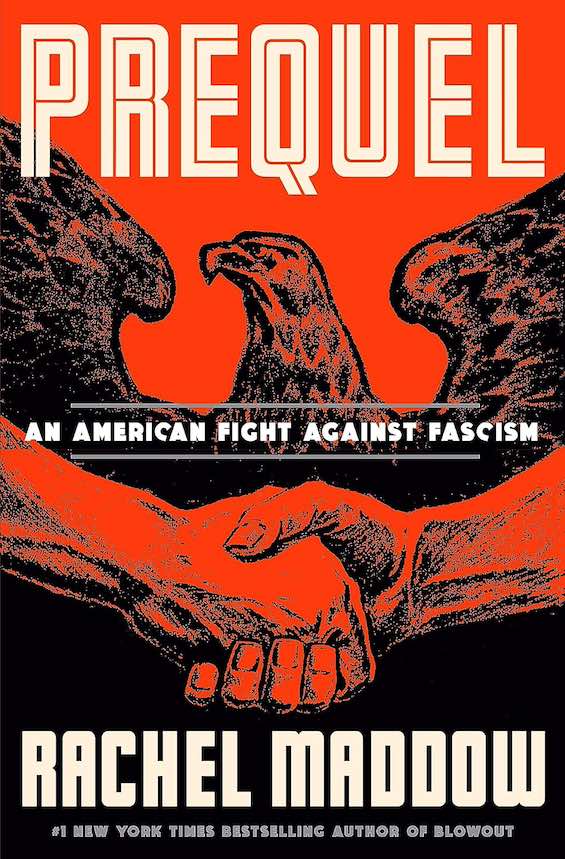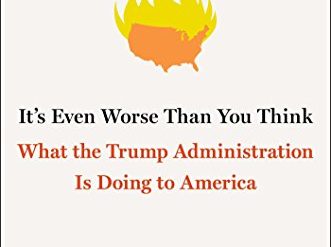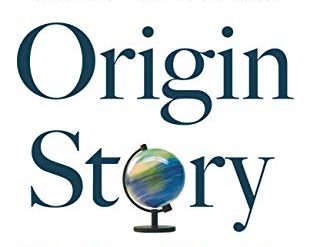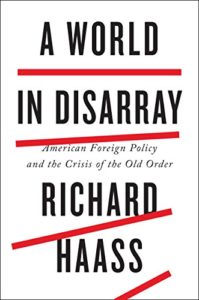
It would be difficult to identify anyone other than Henry Kissinger who represents the tradition of America’s bipartisan foreign policy more fully than Richard A. Haass. Haass is the longtime president of the Council on Foreign Relations, which comes as close as any institution to sitting at the center of gravity for the internationalist wing of the Eastern establishment. And here he shows his stuff in a new book about foreign policy.
Estimated reading time: 6 minutes
For decades before he began at the Council, Haass cycled in and out of senior policy planning and diplomatic posts in government and a series of positions in academia and other establishment think-tanks. If you want to get a handle on the conventional wisdom that emanates from that elite group of scholars and officials, read Haass’ latest book, A World in Disarray: American Foreign Policy and the Crisis of the Old Order.
The three phases of international relations
Haass’s abbreviated survey of international relations in the modern world divides history into three phases. The first began with the Treaty of Westphalia in the mid-17th century that ended Europe’s Thirty Years War and established the primacy of the sovereign state. That phase lasted through the end of World War II, which upended world affairs in profound ways. The second phase lasted from 1945 until the end of the Cold War in 1989. This was a period of superpower supremacy, the absence of large-scale conflict, and unsurpassed economic growth. We now live in the third phase, a troubled “world in which centrifugal forces are gaining the upper hand.”
A World in Disarray: American Foreign Policy and the Crisis of the Old Order by Richard A. Haass ★★★★☆
Haass argues that “the past twenty-five years since the end of the Cold War constitute a break with the past . . . [S]omething very different is afoot in the world.” He characterizes the current state of affairs as “disarray.” In his view, the word “captures both where we are and where we are heading.” This is not the multipolar world so many observers write about. It’s a nonpolar world. “Power is more distributed in more hands than at any time in history,” Haass notes. “The same holds for technology.”
In Haass’ view, the multiple uncertainties and dangers of today’s world require that the United States be more assertive on the world stage. He “argues for the stationing of military forces in and around areas that either China or Russia might claim or move against, something that translates into maintaining increased U.S. ground and air forces in Europe and increased air and naval forces in the Asia-Pacific.” Other observers might see greater reliance of this sort on the U.S. military as a prescription for bankruptcy at home and dangerous conflict abroad.
A new approach to foreign policy
The essence of Haass’ thesis is that the concept of state sovereignty established by the Treaty of Westphalia is no longer adequate in a nonpolar world. Today’s international landscape is no longer dominated either by the major powers or exclusively by nation states. Nonstate actors, including international and regional organizations, corporations, terrorist groups, some major cities, and numerous other entities all play roles in setting the direction of civilization today. Haass contends that “the post-World War II order—effectively World Order 1.0—provided only a degree of structure for the international system once the overlay and discipline of the Cold War order disappeared. Just as important, the world was not well positioned to deal with the diffusion of power that was to come.”
In this much more complex environment, U.S. foreign policy must be directed toward establishing a new concept in world affairs: “sovereign obligation.” Haass views this as the ideal operating principle in contemporary international affairs. Under sovereign obligation, every state would be expected not merely to tend to its domestic affairs but also to play a role in addressing the multiple global challenges that bedevil us today: nuclear proliferation, climate change, terrorism, restrictions on trade, threats to global health, the vulnerable state of international finance, and the abuse of cyberspace. (The author’s laundry list does not include drug trafficking.)
It’s difficult not to see this prescription as wishful thinking. Another failing in Haass’ analysis is his failure to distinguish between global threats that are existential and those that aren’t. Any dispassionate observer of climate change, nuclear proliferation, and the growing potential for pandemics would surely agree that any of these three challenges could be fateful for civilization if not for the human race. The other challenges in Haass’ list, while serious, do not rise to the same level. Global trade could constrict, terrorism increase, the international financial system seize up, and cybercrime and cyberwarfare proliferate, but it’s highly unlikely that any of these events would end human civilization, much less lead the human race to extinction.
“What is to be done?”
Haass makes clear his belief that yesterday’s foreign policy is not adequate for “a world in which not all foes are always foes and not all friends are always friendly.” He advances a detailed set of recommendations, not just for U.S. foreign policy but for changes in domestic policy as well. His advice about foreign affairs is, as anyone might expect, highly nuanced. On domestic affairs, his approach is less so. It’s hard to distinguish from traditional moderate Republican policies. For example, he advocates both decisive action to reduce the nation’s debt and increasing the Pentagon’s budget. To enable all this, he favors raising the retirement age, reducing Medicare and Medicaid, and eliminating tax deductions for home mortgage payments and charitable deductions. Wishful thinking again, given any reasonable expectation for Congressional action.
A nonpartisan analysis?
At the outset of A World in Disarray, Haass claims that his analysis will favor neither Republicans nor Democrats. It doesn’t come across that way. It’s true that he is pointed in his criticism of the decision to invade Iraq and of the conduct of the war that followed. But his discussion of President Barack Obama’s foreign policy is savage. Haass reserves his most hard-edged criticism for Obama’s decision to accelerate the drawdown of troops from Iraq, the conduct of the war in Afghanistan, the outspoken support for the Arab Spring, the intervention in Libya, and the decision not to attack Syria after Hafez el-Asaad crossed the “red line” by using chemical warfare on his citizens. This is not a nonpartisan analysis.
About the author
President of the Council on Foreign Relations since 2003, Richard A. Haass has also served as a senior advisor to President George H. W. Bush and to his son, President George W. Bush, as well as in a number of other diplomatic and scholarly posts. A World in Disarray is his 12th book.
For related reading
This is one of the books I’ve included in my post, Gaining a global perspective on the world around us.
This is one of the many Good nonfiction books about national security.
Like to read books about politics and current affairs? Check out Top 10 nonfiction books about politics.
If you enjoy reading nonfiction in general, you might also enjoy:
- Science explained in 10 excellent popular books
- Great biographies I’ve reviewed: my 10 favorites
- My 10 favorite books about business history
And you can always find my most popular reviews, and the most recent ones, on the Home Page.


